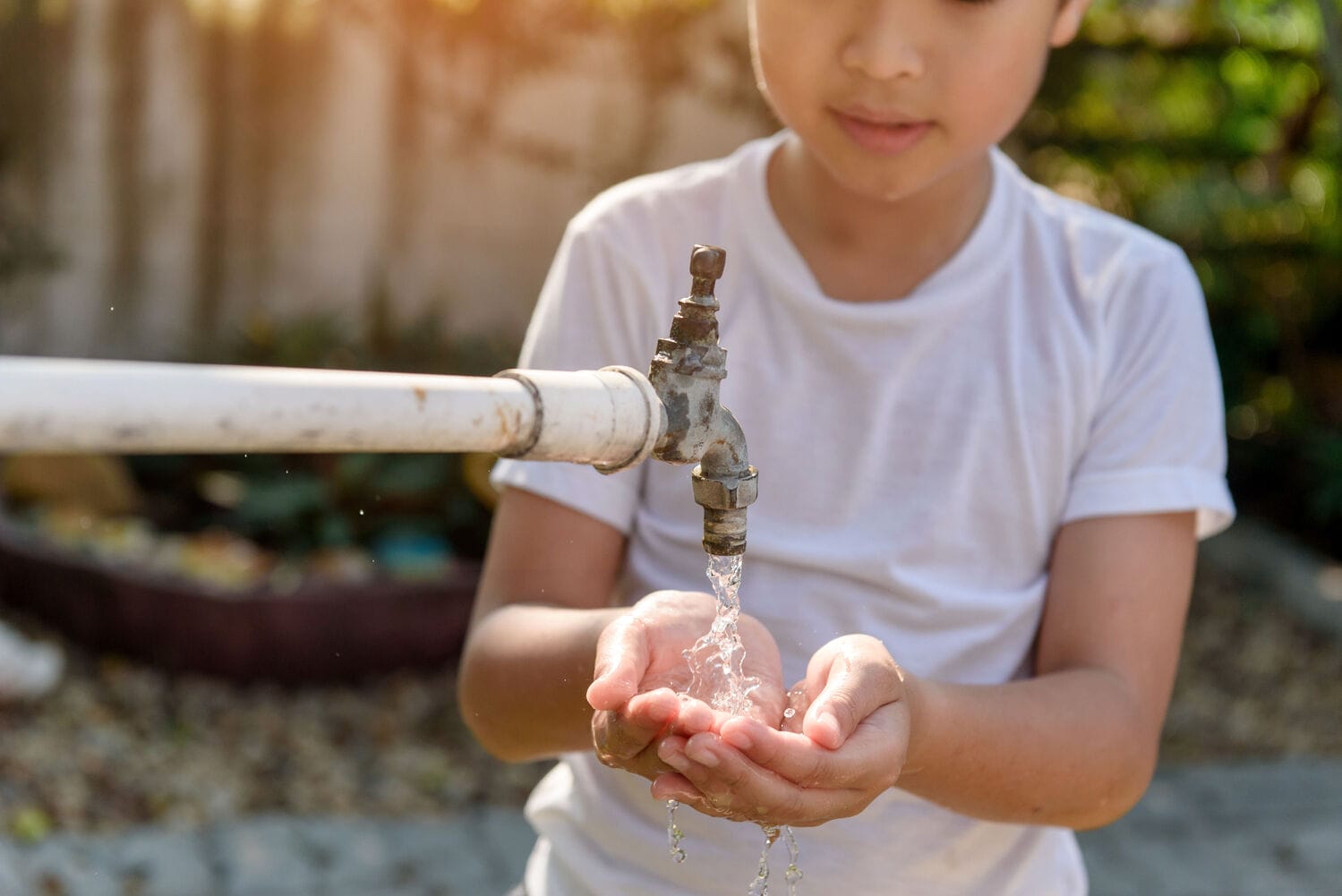Caring for people and the planet

Sustainability at Lindström

Sustainability is at the very heart of our purpose and strategy. We are committed to inspiring businesses to grow sustainably, and our circular economy-based business model proves that it is possible. For decades, we have been on a mission to prevent the overproduction of textiles and optimise the use of natural resources.
We continuously strive to enhance the sustainability and responsibility of our operations. Our dedication has been recognised with the highest accolade, the EcoVadis Platinum medal. This prestigious recognition places us among the top 1% of over 130,000 companies
Our strategic focus areas


Our circular business model
Our service reduces textile overproduction by extending the lifetime of textiles and by producing new textiles only when needed. By using durable materials and designing for circularity, we promote sustainable practices at the very beginning. We avoid millions of kilos of unnecessary textile production by repairing and re-using our garments.
We manufacture additional orders on demand in our own workwear manufacturing facilities, Prodems, which is an effective way to eliminate the textile obsolete risk in our stocks. To conserve natural resources, we optimise the use of water and energy in our laundries and customer delivery loads and routes. In the washing process, we recycle water and use heat from wastewater to warm fresh water. When textiles reach the end of their lives, we aim to recycle them as new products or raw materials.



Reporting and compliance
Our commitment to sustainability comes to life through our We Care culture, embraced daily by our leaders and dedicated teams. Their actions are guided by our management systems, policies, commitments, and guidelines. In our annual Sustainability report we publish the most significant impacts on people, the environment and economy, and how we manage those impacts.
Our guidelines and policies



Reporting and other assets


Commitments and memberships
Our commitment to initiaves
-The ICC Business Charter for sustainable development
-The Principles of the UN Universal Human Rights Declaration
-The United Nations Global Compact
-The Guidelines of the OECD for Multinational Enterprises
-The ILO Declaration of Fundamental Rights and Principles
-Science Based Targets initiative (SBTi)
Key memberships
-The Family Firms Association (Finland)
-The Confederation of Finnish Industries
-The European Textile Service Association (ETSA)
-The Textile Rental Service Association (TRSA)
-Our specialists act on various national and international organisations
Certificates
– Our management system complies with four international management system standards ISO 9001, ISO 14001, ISO 45001 and EN 14065.
– Our cleanroom services operate acccording to ISO 14644 standard and adhere to Good Manufacturing Practice procedures.
– The Washroom Services in Finland comply with the Nordic Swan Ecolabel.
– Öko-tex certificate is a basic requirement for the textiles we use.
Supporting our customers' sustainability journey
The Forerunners of Sustainability is a series of stories in which our customers talk about sustainability and how we work together for more sustainable business. The stories are told by customers for whom sustainability is an important part of their company’s purpose and strategy.

Neste embeds sustainability in every process, aiming to cut workwear in circulation by 40% through efficient and flexible management.

Lindström offered high-quality products along with a comprehensive service and a focus on sustainability that aligns with the values of Yrjö ja Hanna Kodit.
More stories about sustainability

Ville Konsti appointed SVP of Operations and Supply Chain and joins Lindström’s Group Management Team from 1 August 2025.

Our PRODEM factories run on 100% renewable energy. Learn how our on-demand production model benefits customers and our 2030 climate goals.







Our commitment to social responsibility
At the core of our operations lies a commitment to responsible business practices, which guides our decisions and actions. Our approach centres around three key themes that reflect our dedication to creating a positive and lasting impact on our employees, our partners, and the communities we serve.